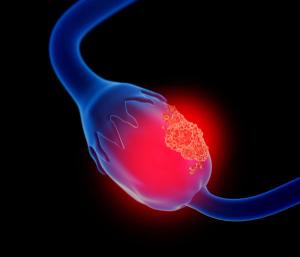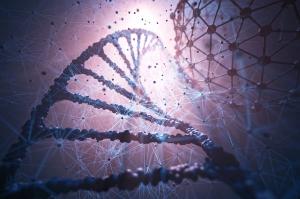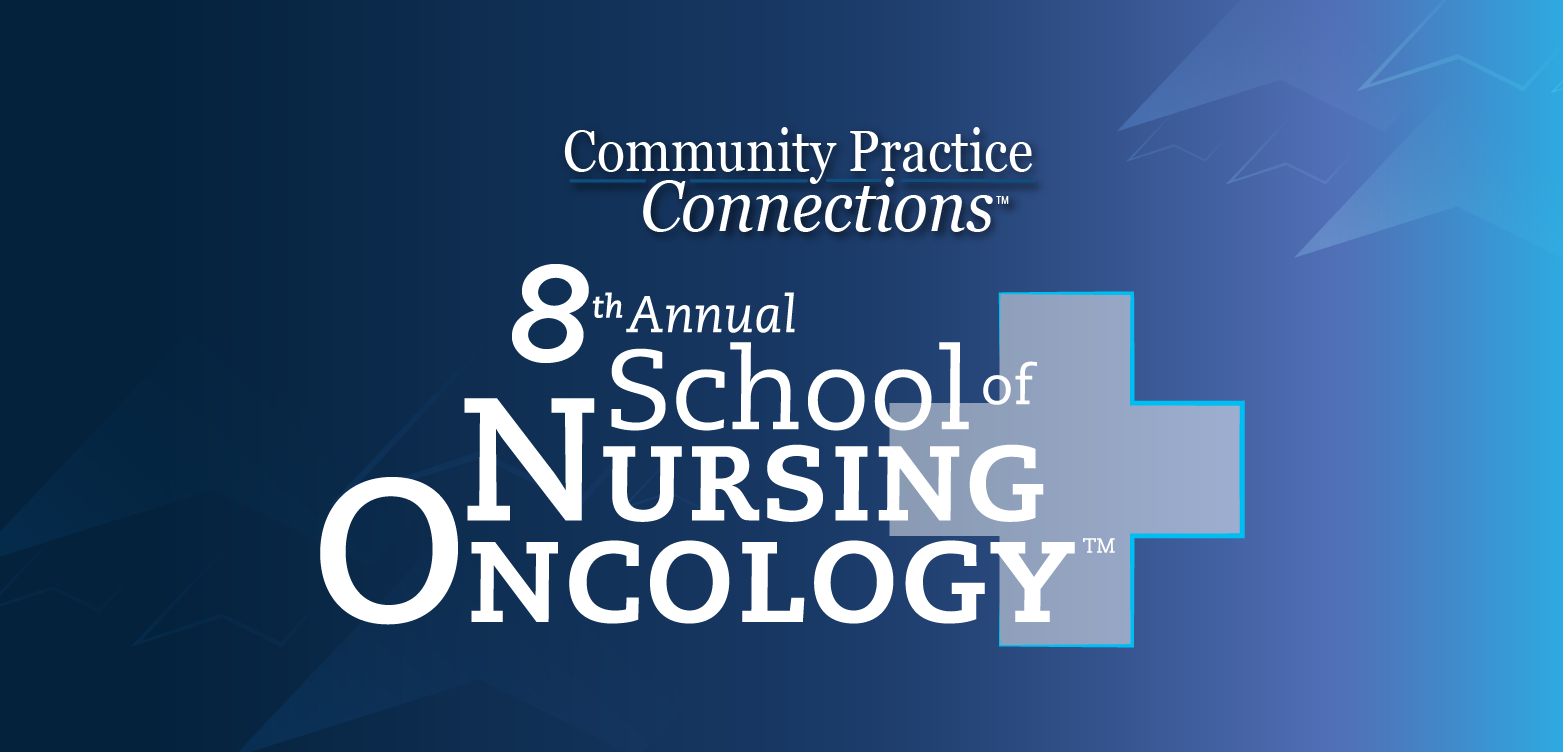DNA sequence analysis of the complete p53 tumor-suppressor geneprovides predictive information about breast cancer patients'response to therapy, according to a study published in the October1995 issue of Nature Medicine. The study analyzes the associationsbetween tumor mutations and patient outcome--especially in relationto therapy--using Sequence-Based Diagnosis, (SBD), a new conceptfor complete DNA sequencing. Although previous studies have examinedp53 using various molecular biologic methods, this study representsthe first complete sequencing of the p53 gene in a large retrospectivestudy of a population-based cohort. The study also confirms thatsince mutations are found over the entire coding sequence, somecould be missed using traditional DNA analysis protocols.
Since cancer develops in stages through a step-by-step breakdownof the mechanisms that control normal cellular growth, an accumulationof genetic changes has been identified as a key event in progressionof the disease. p53 is a tumor-suppressor gene located on theshort arm of chromosome 17. In breast cancer, mutations of thep53 gene have been considered to be a critical step in the developmentof certain tumors. These alterations can be determined using immunohistochemistryor DNA analysis, which reveals prognostic information.
"We hope that the results from this study will, in the future,lead to the development of more tailored treatments for breastcancer patients," said Jonas Bergh, MD, associate professorof oncology and director of the study. "If we can more accuratelydetermine the effects of therapy, we may be able to reduce thecosts of treatment in patients with less aggressive tumors, andat the same time, develop more aggressive regimens for those withpoor prognosis."
Commenting on the findings, Barbara Lynn Weber, MD, associateprofessor of medicine and genetics and director of the BreastCancer Program, University of Pennsylvania School of Medicine,said, "Increasing numbers of breast cancers are being diagnosedat the early stages, when the tumors are small and have not spreadto distant parts of the body. Traditional prognostic factors,including tumor size and lymph node involvement, are limited and,as tumors are detected earlier, new, more precise methods areneeded to select individualized treatment regimens."
Study Results Differ for Lymph Node-Positive vs Node-NegativePatients
Conducted at the Uppsala Akademiska University Hospital in Swedenin cooperation with Pharmacia Biotech and the Swedish Cancer Society,the study analyzed frozen tumor material from a total of 316 consecutiveScandinavian women who underwent surgery for breast cancer fromJanuary 1987 through December 1989. The complete coding regionof the p53 gene was sequenced and 69 mutations were discoveredusing the automated laser fluorescence ALF DNA sequencer, developedby Pharmacia Biotech.
A total of 97 patients had primary lymph node metastases and 206were node-negative. In 13 cases, the node status of the patientwas unknown, since axillary exploration was not performed. Themedian follow-up time was 57 months.
Lymph node-positive patients with p53 mutations had a significantlyshorter survival rate, compared with those without these mutations.Therapy, especially adjuvant tamoxifen, seemed to be of less valuein lymph node-positive patients with p53 mutations than in patientswithout these mutation. For node-negative patients with p53 mutations,tamoxifen and/or locoregional radiotherapy resulted in improvedrelapse-free survival; however, adjuvant tamoxifen and/or locoregionaltherapy seemed to be of less value in node-negative patients withno mutations.
In addition, the location of the mutations in the p53 gene differedbetween the lymph-node-positive and lymph-node-negative groups,which may explain the discriminative power of p53 alterationsto predict response to adjuvant therapy.
"For more than a decade it has been apparent that moleculartechniques can provide the answers for improved understandingof tumor development," said Margaret Bywater, an initialpioneer of the SBD technique and director, molecular medicine,market development, Molecular Systems Division, at Pharmacia Biotech."With the automation of these techniques, the true relevanceof each mutation can be evaluated and genetic information obtainedfrom tumor biopsy will, in the future, be used for prognosis andguiding the choice of therapies."
 CGTLive®’s Weekly Rewind – September 12, 2025
CGTLive®’s Weekly Rewind – September 12, 2025 Around the Helix: Cell and Gene Therapy Company Updates – September 10, 2025
Around the Helix: Cell and Gene Therapy Company Updates – September 10, 2025













































